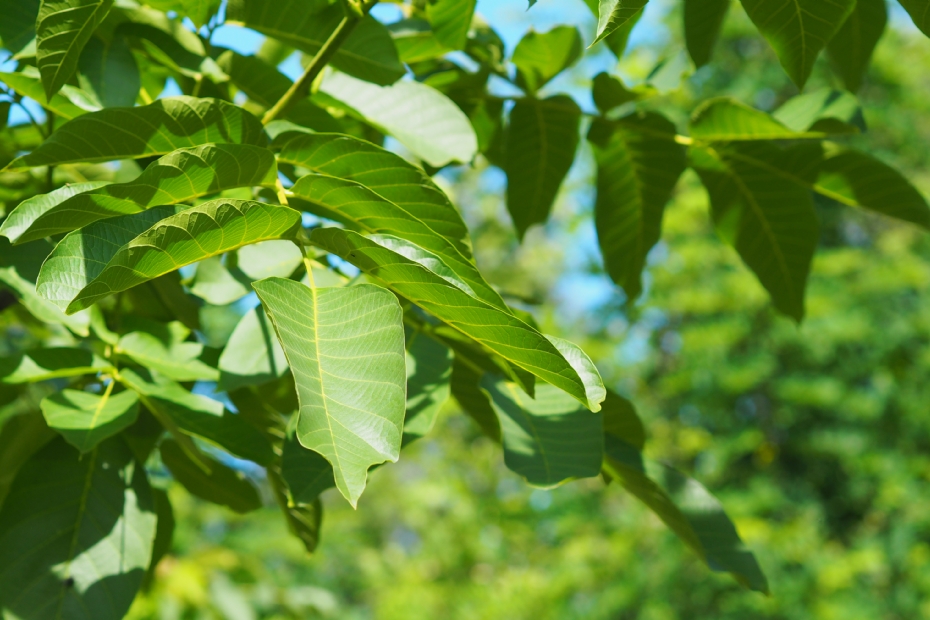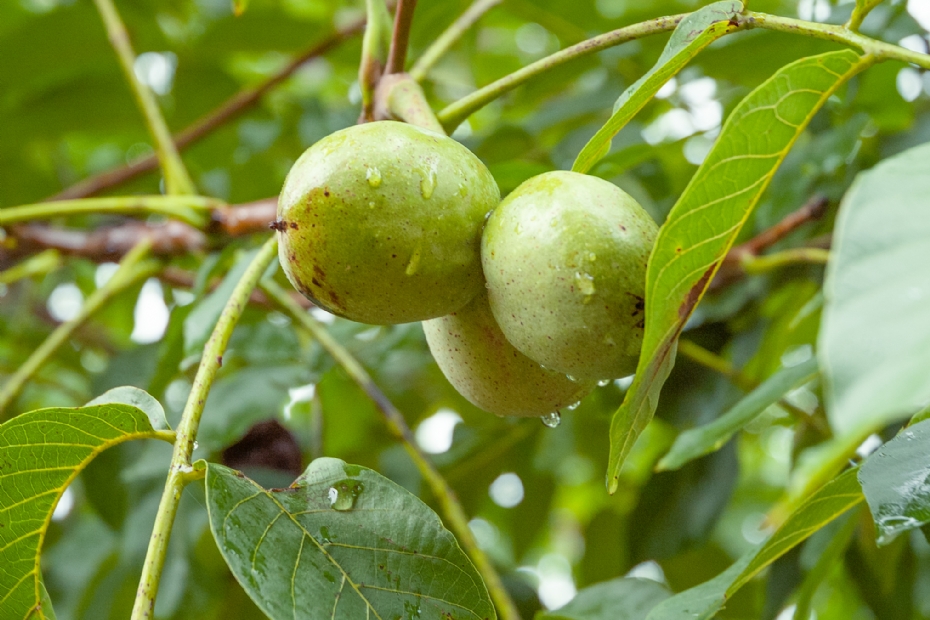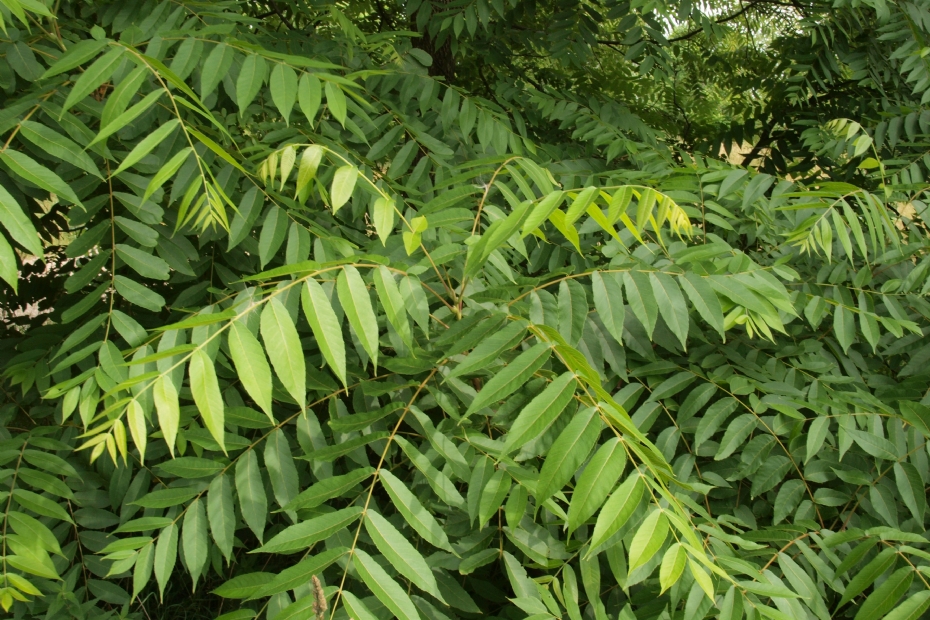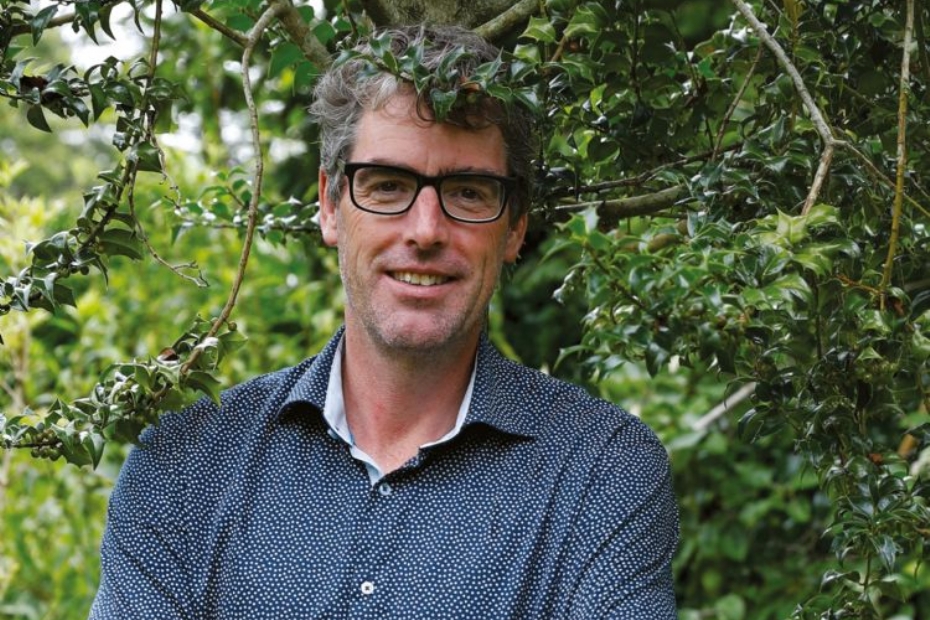BetterTrees: another nut cracked |
|
|
|
|
 |
| 144 sec |
Nothing tastier than a fresh walnut from your own garden or street
Walnuts have traditionally been more common on spacious farmyards than in urban areas. Perhaps this is due to the fear that falling nuts might dent our sacred cow. Fortunately, with the rise of food forests, this fear is gradually fading. Nothing is tastier than a fresh walnut from your own garden or street. Chief dendrologist Jaap Smit was keen to dedicate an edition of BetterTrees to the genus Juglans from the walnut family.
| Juglans regia, fruit. Photo: Boomkwekerij Ebben |
The Juglans genus is important for multiple reasons. It produces valuable nuts, is highly resistant to drought and heat, and also provides beautiful wood.
 | | Juglans regia, leaf. Photo: Boomkwekerij Udenhout |
|
|
The 21 Juglans species have large compound leaves that shed in winter. The species have a distinctive scent and can even be identified by it with some effort. The flowers are monoecious: the male flowers bloom in hanging catkins, while the female ones grow in upright spikes. After wind pollination, the nuts develop, enclosed in a green, fleshy husk that splits open when ripe. The shape and ridges of the remaining nuts differ for each species, making them an important identification feature.
|
|
The flowers are monoecious: the male flowers bloom in hanging catkins.
| |
|
The relatively thick branches have chambered pith: when a twig is cut, the chambers resemble a ladder. The wood of Juglans, walnut wood, is prized for its dark color, fine grain, and durability.
Juglans prefers deep, well-draining soils and a sunny location. Most species are relatively drought- and heat-tolerant. These trees are well-suited to withstand the heat and dry summer air increasingly affecting our cities due to climate change and urban heat. Because winters are becoming milder due to climate change, the required temperature sum of 200 degrees needed for spring blooming is reached earlier. This means buds break earlier and remain frost-sensitive long before the Ice Saints. Since frost can still occur until mid-May due to climate change, this can be problematic. In some years, all buds may freeze. While new leaf buds will form that year, the frozen flower buds result in nearly no harvest after a frost year. In southern and eastern Netherlands, where the temperature sum is reached earlier, the risk of frost damage is higher.
|
|
The origin is somewhat obscure; www.treesandshrubsonline.org lists Pakistan and Afghanistan as the native regions.
| |
|
Romans
The origin of Juglans regia, the common walnut, is somewhat obscure. The excellent and freely available www.treesandshrubsonline.org lists Pakistan and Afghanistan as its native regions. From there, the walnut spread to China, Korea, and Western Europe, possibly with the Romans playing a role. Today, about half of the world's walnuts are produced in China; one-third grows in the U.S., Iran, Turkey, and Mexico. Only a small portion is produced in Europe, mostly in warmer, drier regions. This is no coincidence: in our climate, the leaf wetness period is often too long, making leaves susceptible to fungal infections. Some sensitive varieties also have their husks affected, leading to poor nut quality. Bart van der Sluis, still involved with Boomkwekerij 't Herenland, a well-known walnut propagator, therefore states that French selections are usually not suitable.
 | | Juglans regia 'Buccaneer'. Photo: Boomkwekerij Ebben |
|
|
Larger sizes
The availability of larger-sized walnut selections is limited. Starting smaller with good fruit selections is more beneficial than planting seedlings, as seedlings are not always reliably fruit-bearing and may be more susceptible to fungal infections. If planting a larger tree is not possible, it is better to start small. Selections in sizes 12-14-16 are still feasible, but larger sizes are often not true to type. The Naamlijst van Houtige Gewassen lists 83 fruit selections of Juglans regia. Here are a few good ones that are also available in the Netherlands, sometimes as small plants.
 | | Juglans nigra. Photo: Jaap Smit |
|
|
Juglans nigra
The black walnut is the largest species in the genus and can grow up to 40 meters tall. With leaves up to 40 cm long, it is an elegant tree. It originates from the Great Lakes region in the U.S. and Canada, thriving in river valleys where conditions can be extremely wet or bone-dry in summer. A perfect tree for rain gardens—provided the soil is not overly sandy. The black walnut prefers nutrient-rich soil, whether clay or sand.
Experiment
Juglans is a genus that is becoming increasingly well-suited to our urban environments due to climate change. There are still many walnut species and selections we unjustly overlook. So, experiment!
|
 | | Jaap Smit |
|
|
This article was originally published on March 27, 2025, on the Boomzorg website.
| Boomkwekerij Udenhout B.V... | |
| Boomkwekerij 't Herenland | |
| |
| LOG IN
with your email address to respond.
|
|
|
| There are no comments yet. |
|